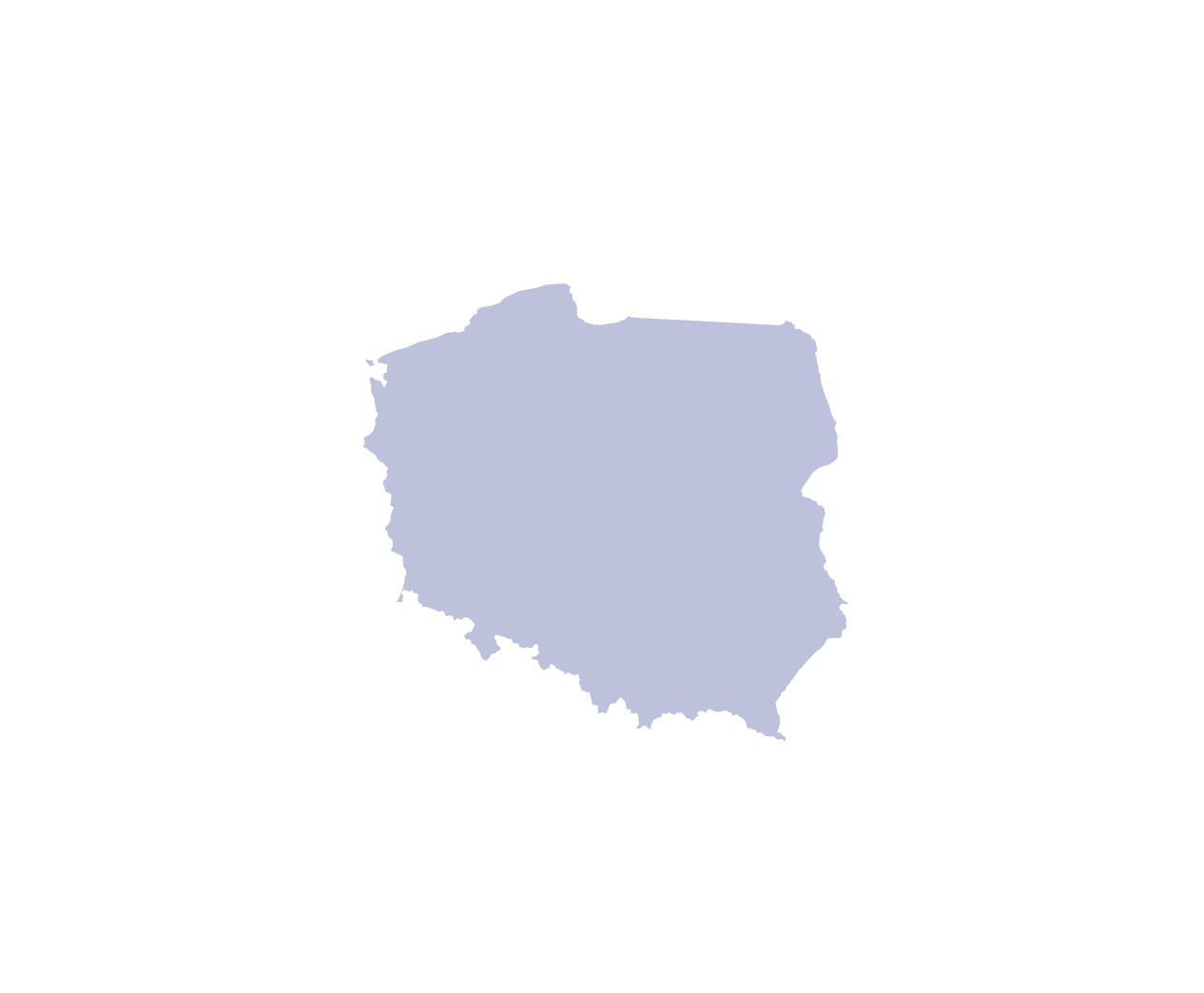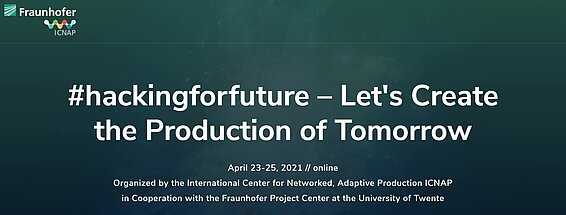Good Vibrations: Finding a Solution during a Hackathon
No machine runs like another, even when they are identical. So, it's not easy to uncover anomalies in vibration data. An intelligent algorithm can help. Born in this year’s ICNAP hackathon.
In an ideal production world, ideal rules apply: Identical machines operate identically, wear synchronously and their vibrations also follow certain standards. More precisely, according to ISO 10816, which specifies which standard threshold values apply to vibration sensors. But the reality is different: “Such thresholds are a good starting point when it comes to alarms,” says Andreas Zeller of the Smart Factory Group. “But they don’t reflect real-world sensor applications and installations, especially when monitoring multiple sensors on similar machines.”
Sensors are sensitive
This has to do with their installation position and alignment, among other things, but also entirely different factors. For example, the state of wear of the tools used in cutting machines is partly responsible for whether the machine runs “smoothly” or not. The age and degree of use of the coolant can play a role or pick-and-place movements superimposing the individual vibration signal. This overtaxes the sensitive sensors, which really only want to react reliably to a signal.


